Rising Demand for Automation
The Automatic Labeling Machine Market is experiencing a notable surge in demand for automation across various sectors. Industries such as food and beverage, pharmaceuticals, and cosmetics are increasingly adopting automated labeling solutions to enhance operational efficiency and reduce labor costs. According to recent data, the automation trend is projected to grow at a compound annual growth rate of approximately 7% over the next five years. This shift towards automation not only streamlines production processes but also minimizes human error, thereby improving product quality and consistency. As companies strive to meet consumer expectations for faster delivery and higher quality, the adoption of automatic labeling machines becomes a strategic imperative. Consequently, this driver is likely to propel the growth of the Automatic Labeling Machine Market in the coming years.
Growth of E-commerce and Retail Sectors
The Automatic Labeling Machine Market is poised for growth due to the rapid expansion of e-commerce and retail sectors. As online shopping continues to gain traction, businesses are increasingly seeking efficient labeling solutions to manage inventory and streamline shipping processes. The rise in e-commerce has led to a heightened demand for accurate and efficient labeling to ensure timely deliveries and customer satisfaction. Recent statistics indicate that e-commerce sales are expected to reach trillions in the next few years, creating a substantial market for automatic labeling machines. This trend is likely to encourage manufacturers to innovate and develop advanced labeling solutions tailored for e-commerce applications, thereby driving the Automatic Labeling Machine Market forward.
Regulatory Compliance and Safety Standards
The Automatic Labeling Machine Market is significantly influenced by stringent regulatory compliance and safety standards imposed by various governing bodies. Industries such as pharmaceuticals and food processing are particularly affected, as they must adhere to labeling regulations that ensure product safety and traceability. For instance, the implementation of the FDA's guidelines for pharmaceutical labeling has necessitated the use of advanced labeling technologies. This compliance not only protects consumers but also enhances brand reputation. As companies invest in automatic labeling machines to meet these regulatory requirements, the market is expected to expand. The increasing focus on safety and compliance is likely to drive innovation in labeling technologies, further contributing to the growth of the Automatic Labeling Machine Market.
Technological Innovations in Labeling Solutions
The Automatic Labeling Machine Market is witnessing a wave of technological innovations that are reshaping the landscape of labeling solutions. Advancements in machine learning, artificial intelligence, and IoT are enabling the development of smarter labeling machines that offer enhanced precision and efficiency. These innovations allow for real-time monitoring and adjustments, which can significantly reduce downtime and improve productivity. Furthermore, the integration of smart technologies into labeling processes is expected to enhance data collection and analytics capabilities, providing businesses with valuable insights. As companies increasingly prioritize efficiency and accuracy, the demand for technologically advanced automatic labeling machines is likely to rise, thereby propelling the growth of the Automatic Labeling Machine Market.
Focus on Sustainability and Eco-friendly Practices
The Automatic Labeling Machine Market is increasingly influenced by the growing emphasis on sustainability and eco-friendly practices. As consumers become more environmentally conscious, companies are seeking labeling solutions that align with sustainable practices. This includes the use of recyclable materials and energy-efficient labeling machines. Recent studies suggest that the market for sustainable packaging, which encompasses labeling, is expected to grow significantly in the coming years. Companies that adopt eco-friendly labeling solutions not only enhance their brand image but also meet the rising consumer demand for sustainable products. This focus on sustainability is likely to drive innovation in the Automatic Labeling Machine Market, as manufacturers develop solutions that cater to environmentally conscious consumers.


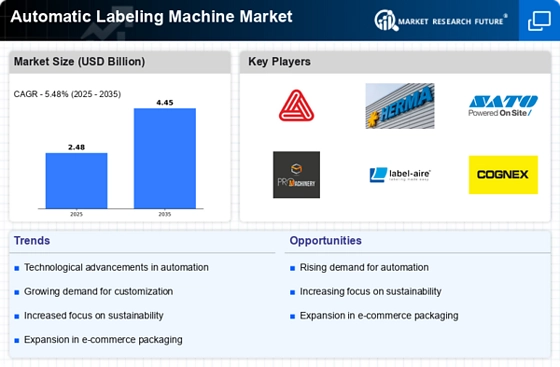
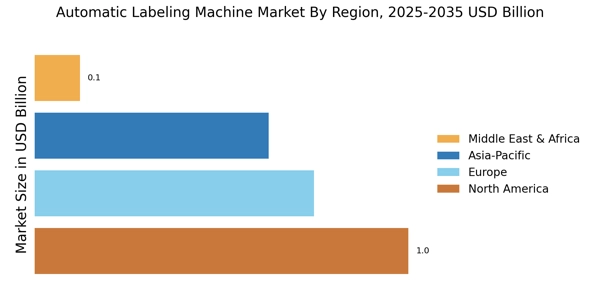
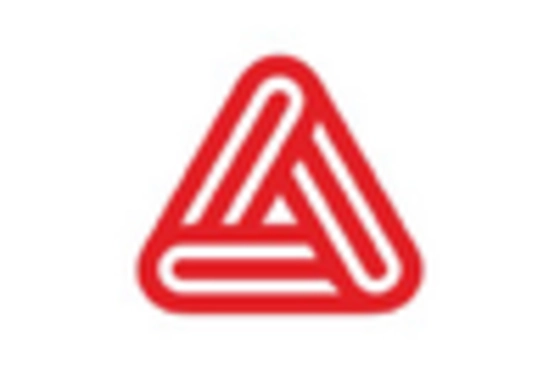
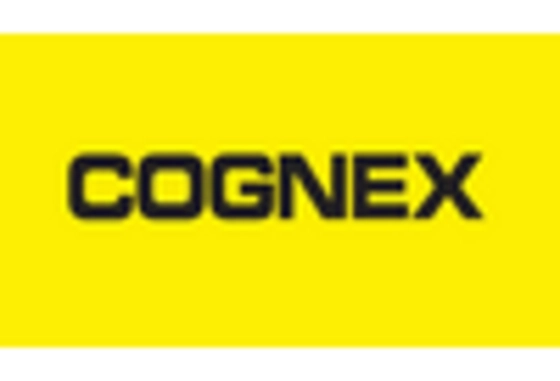
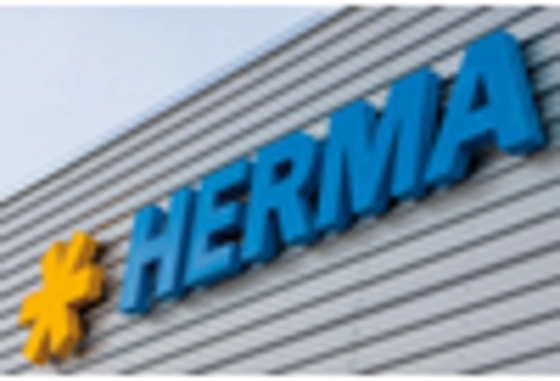
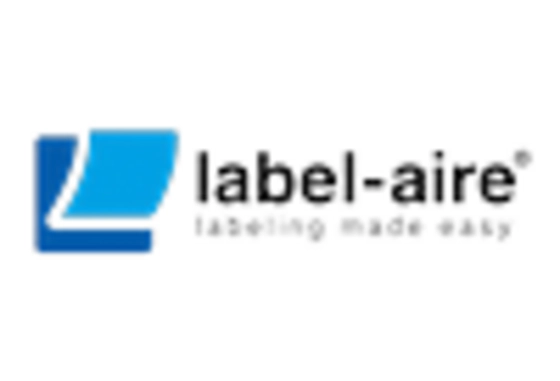
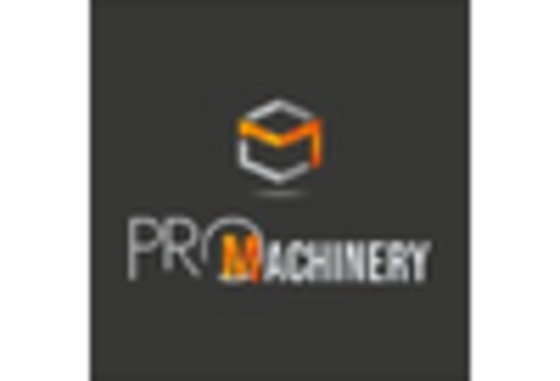
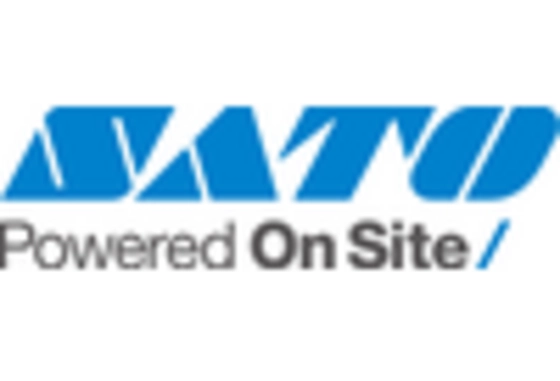








Leave a Comment